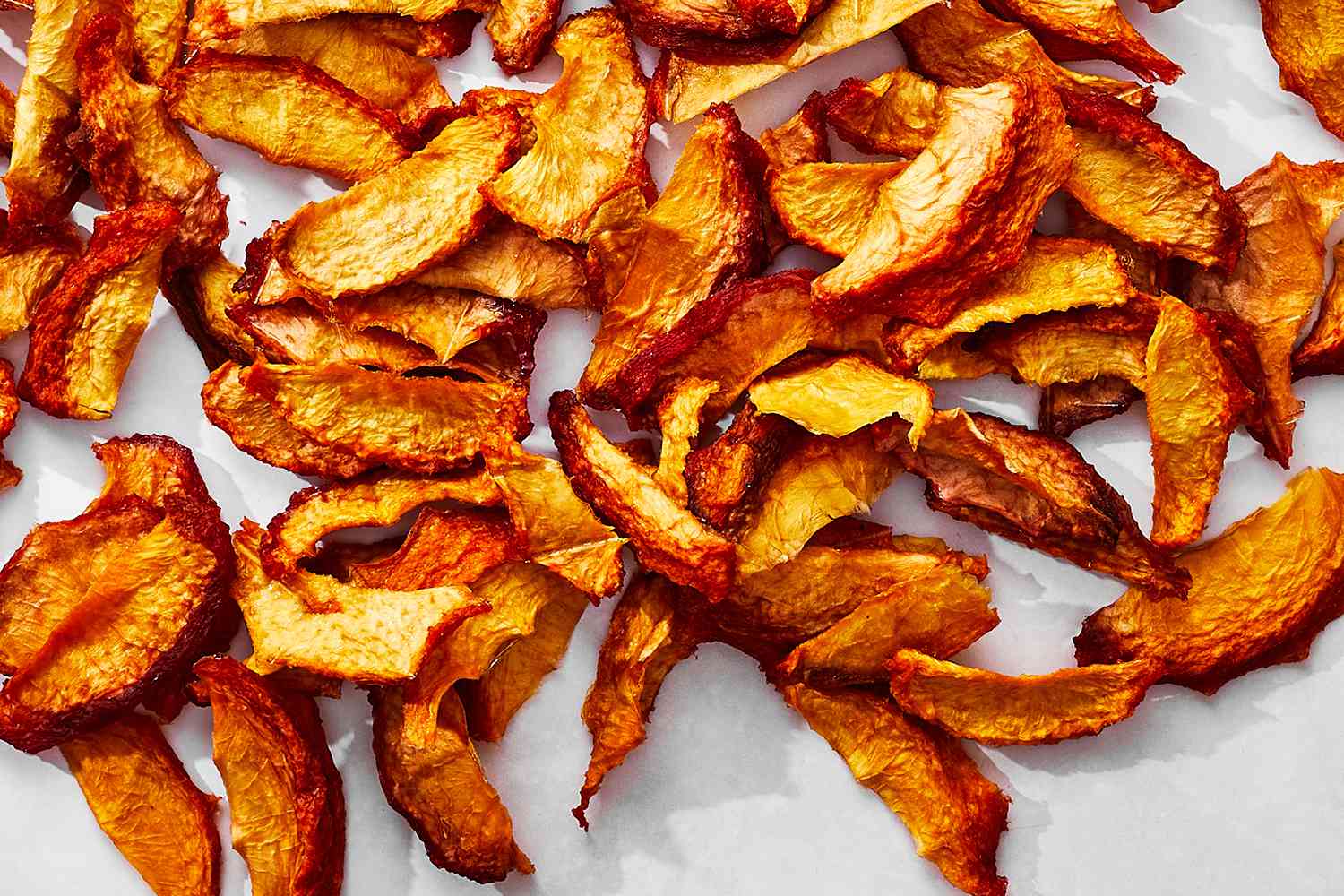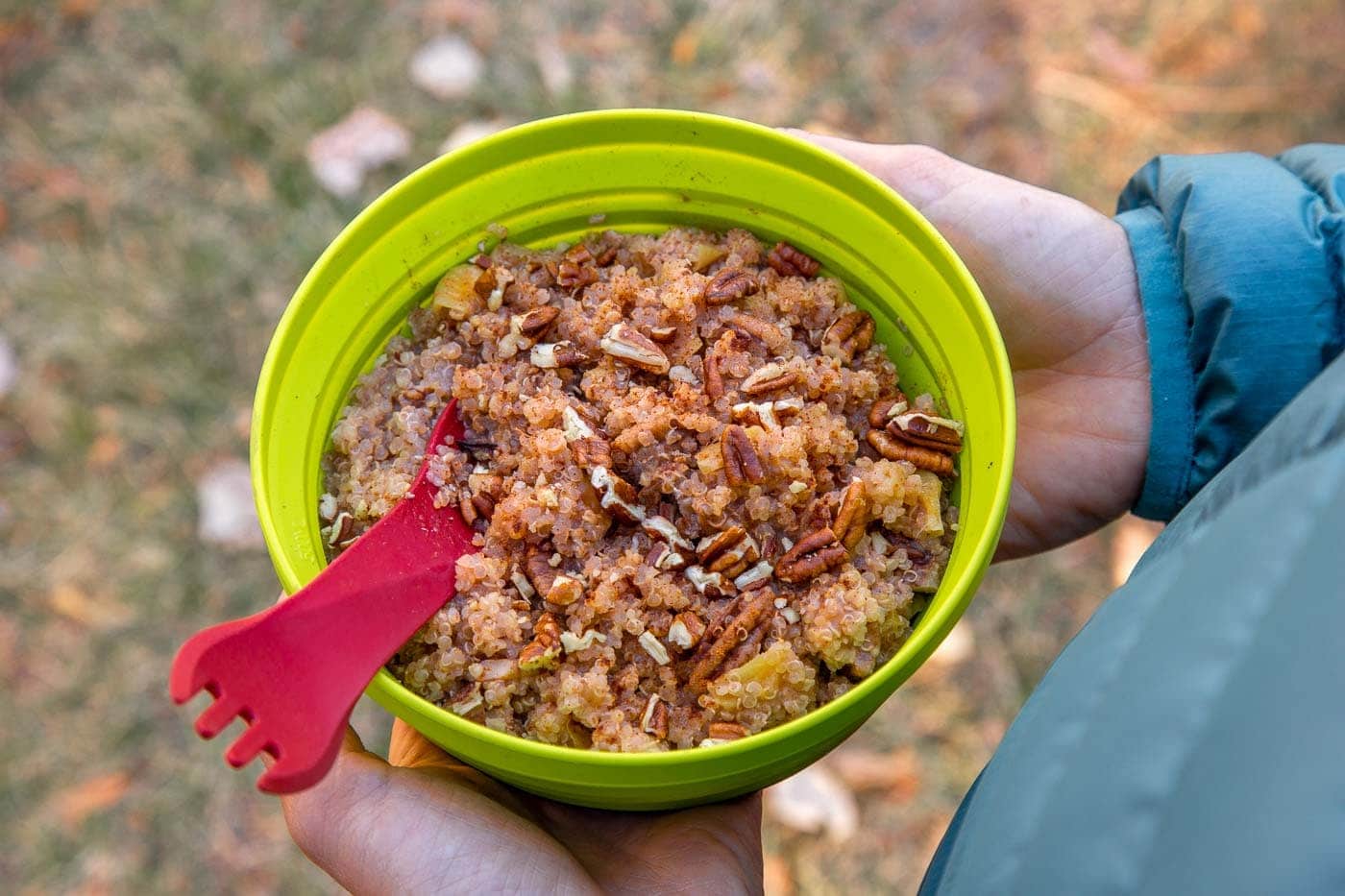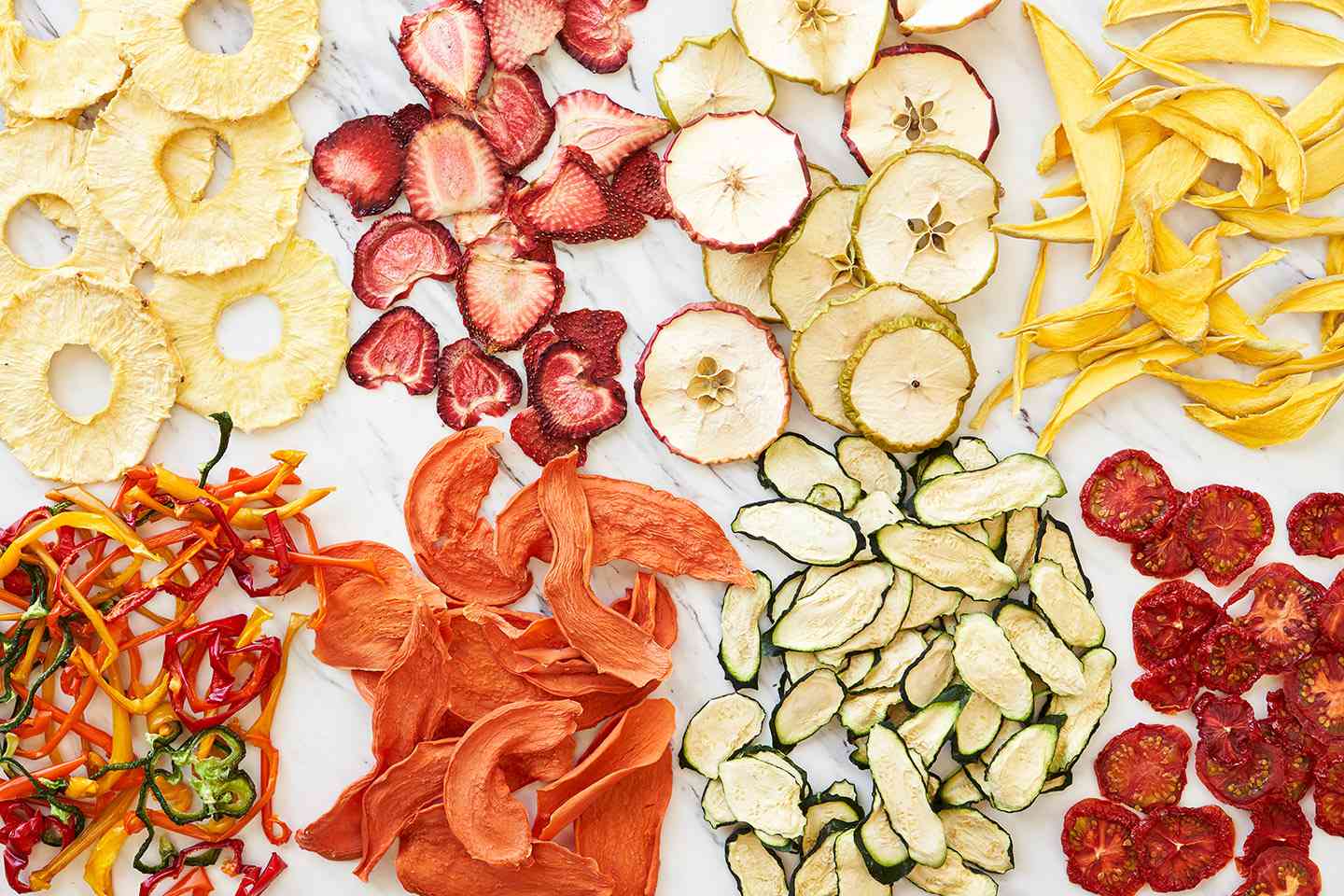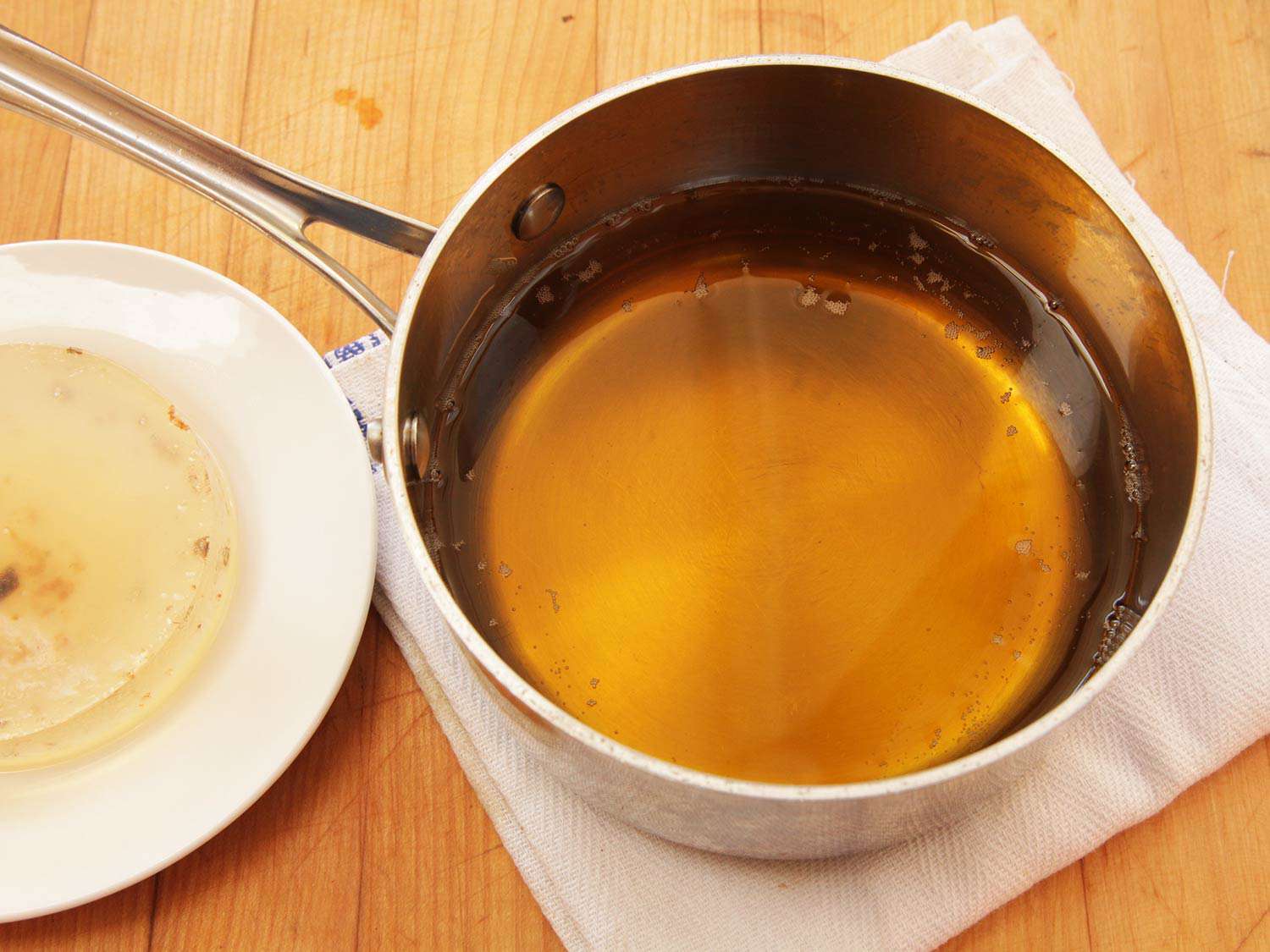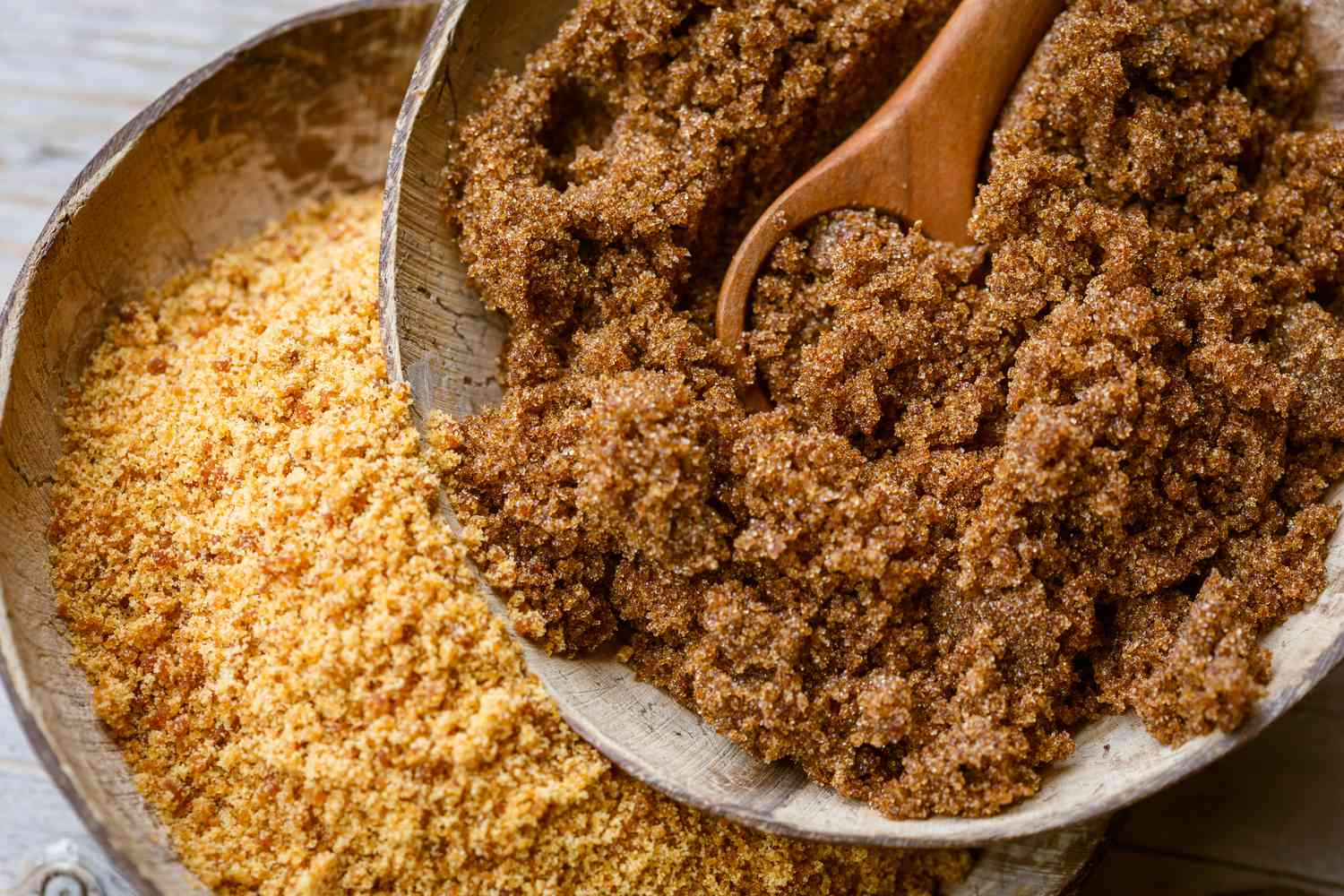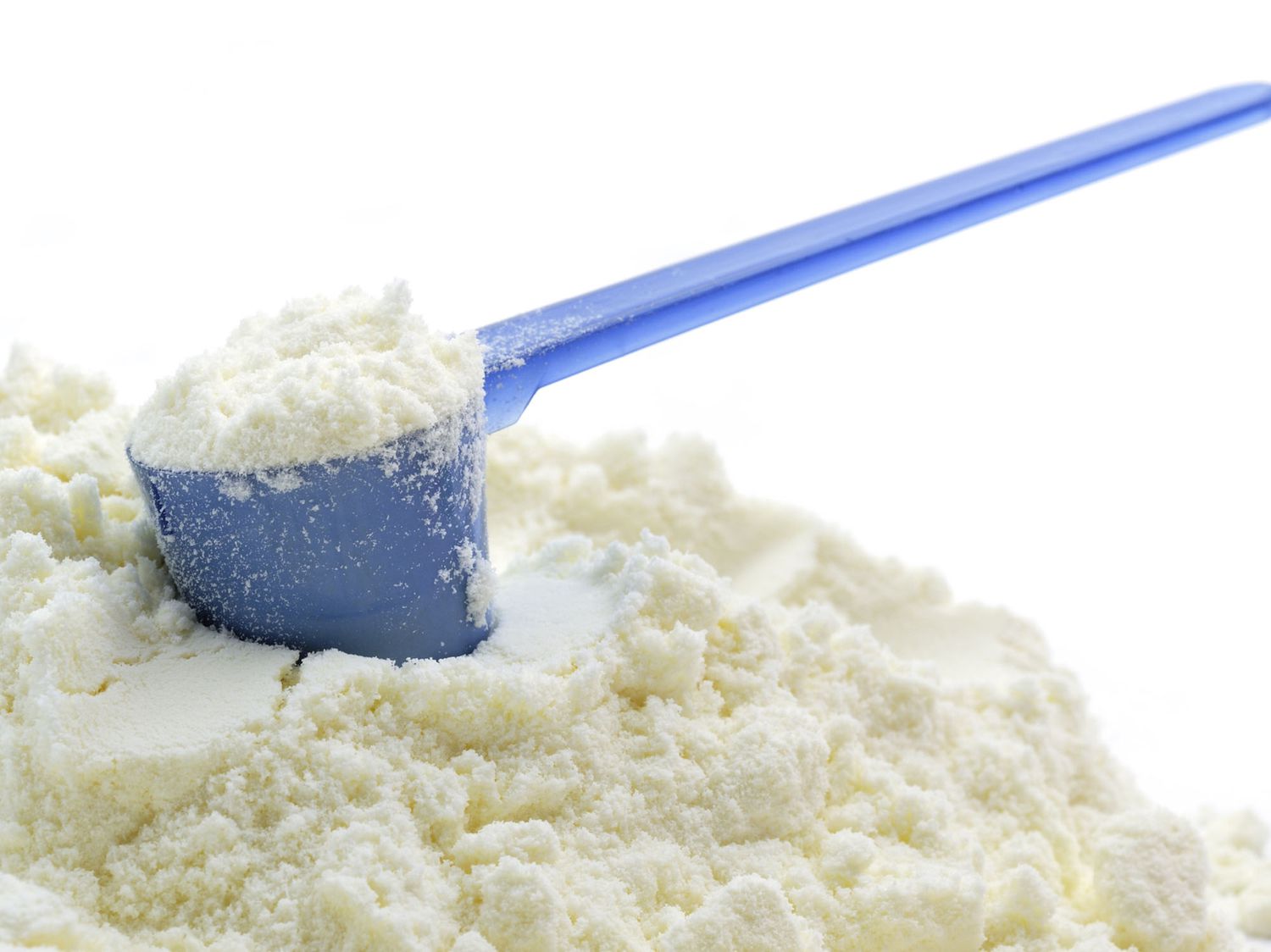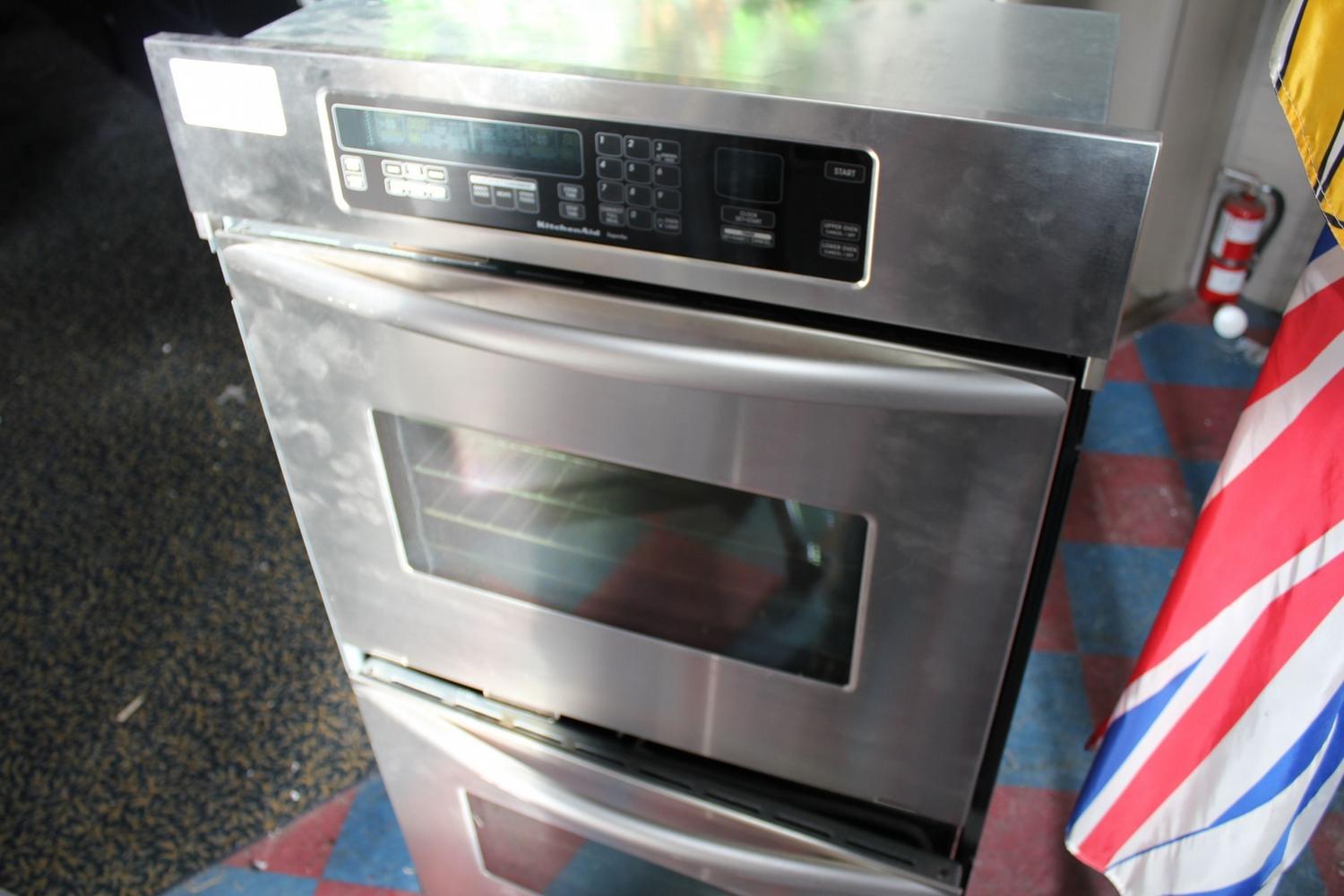Dehydrating Vegetables in the Oven: A Simple Guide
Dehydrating vegetables is a great way to preserve them for future use. Whether you have a surplus of fresh vegetables from your garden or want to take advantage of a sale at the grocery store, dehydrating veggies in the oven is a convenient and effective method. In this guide, we’ll walk you through the process of dehydrating vegetables using your oven, so you can enjoy the flavors of summer all year round.
Choose the Right Vegetables
Not all vegetables are suitable for dehydrating, so it’s important to choose the right ones for the best results. Some of the most popular vegetables for dehydrating include:
- Tomatoes
- Bell peppers
- Zucchini
- Carrots
- Onions
- Mushrooms
- Green beans
These vegetables dehydrate well and can be used in a variety of dishes once they are dried.
Preparation
Before you start dehydrating your vegetables, it’s important to properly prepare them. Here are the steps to follow:
- Wash the vegetables thoroughly to remove any dirt or debris.
- Peel and slice the vegetables into uniform pieces. This will ensure that they dehydrate evenly.
- Blanch the vegetables by briefly immersing them in boiling water, then transferring them to an ice bath. This step helps to preserve the color and flavor of the vegetables.
Dehydrating Process
Once your vegetables are prepared, it’s time to dehydrate them in the oven. Follow these steps for successful dehydration:
- Preheat your oven to the lowest setting, typically around 140°F (60°C).
- Arrange the blanched vegetables in a single layer on a baking sheet. Make sure there is some space between each piece to allow for proper air circulation.
- Place the baking sheets in the oven and prop the door open slightly to allow moisture to escape.
- Let the vegetables dehydrate for several hours, checking on them periodically. The exact time will depend on the type of vegetable and its moisture content.
- Once the vegetables are completely dry and leathery, remove them from the oven and allow them to cool.
Storing Dehydrated Vegetables
Proper storage is key to keeping your dehydrated vegetables fresh for as long as possible. Here’s how to store them:
- Allow the vegetables to cool completely before storing them.
- Place the dried vegetables in airtight containers, such as glass jars or plastic bags. Be sure to label the containers with the date and type of vegetable.
- Store the containers in a cool, dark place to protect the vegetables from light and heat.
Using Dehydrated Vegetables
Once your vegetables are dehydrated and properly stored, you can enjoy them in a variety of ways. Add them to soups, stews, and casseroles for an extra burst of flavor, or rehydrate them by soaking them in water before using them in recipes. You can also snack on dehydrated vegetables as a healthy and convenient option.
Dehydrating vegetables in the oven is a simple and effective way to preserve the flavors of your favorite veggies. With a little time and effort, you can enjoy the taste of summer all year long.
There are plenty of great recipes to try out using dehydrated veggies. For a quick and satisfying breakfast, consider the Dehydrated Vegetable Frittata. If you're in the mood for something comforting, the Hearty Vegetable Soup with Dehydrated Veggies or Classic Minestrone Soup with Dehydrated Vegetables are both excellent choices. For a more robust meal, Dehydrated Vegetable Stew with Beef offers a hearty option. For pasta lovers, the Spaghetti with Dehydrated Tomato and Basil Sauce is a must-try. If you're looking for something a bit different, the Dehydrated Vegetable Stir-Fry with Tofu provides a fresh and flavorful alternative. Any of these recipes will make good use of your dehydrated veggies and bring delicious variety to your meals.
Was this page helpful?
Read Next: How To Dehydrate Nixtamal
